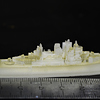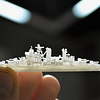I’ve now sent out my parts to be printed on several machines to see how/who to print what parts in the future. The hard part is how to distinguish the machine from the operator in todays market because most machines still lack basic auto-calibration and feedback loops. Here are my results so far :
1. B9 (DLP) - Near perfect results! Looks like injection moulding. But very limited in print size. Not sure about long-term issues with light catalyzed material durability (see #7 below)
2. Ultimaker (FDM) - The best so far for FDM. Very good detail and close to 100% fill factor, barely noticable lines, but… no soluble support, which is a big limitation in printing even simple parts.
3. Solidoodle (FDM) - terrible results, but accurate dimensions
4. Makerbot 2x (FDM) - Ok results, but serious dimensional issues and warping
5. Shapeways (SLS) - Very accurate dimensions, good detail, but rough surface texture is very distracting
6. Form-1+ (SLA) - disappointing results for SLA, not nearly as good as ultimaker results. Strong layer lines, and demnsionally inaccurate (by a lot!).
7. Objet (UV-Inkjet) - very good detail and dimensional results, but material is unbelievably brittle, surface quality texture not much better that ultimaker for the expense. After a month on my desk parts became like glass and shattered.
So going forward there is no doubt if the part is small, I’ll use the B9. Though I wonder if there is any solution to light catalyzed material enbrittelment over time, because that limits it to a short term prototyping. Eventually it will turn to dust.
For larger parts I’d like to see results like my ultimaker parts, but with soluable support so you can print things without screwing up the surface with support lines… anybody out there with such a setup? Or a larger SLA/DLP setup that prints accurately and with durable ABS-like materials?
created
Nov '14last reply
Nov '14- 8
replies
- 1.9k
views
- 5
users
- 6
likes
- 1
link


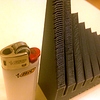
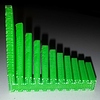
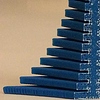
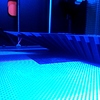
 projet 3500 hd max with xtreme resolution can helps you
projet 3500 hd max with xtreme resolution can helps you